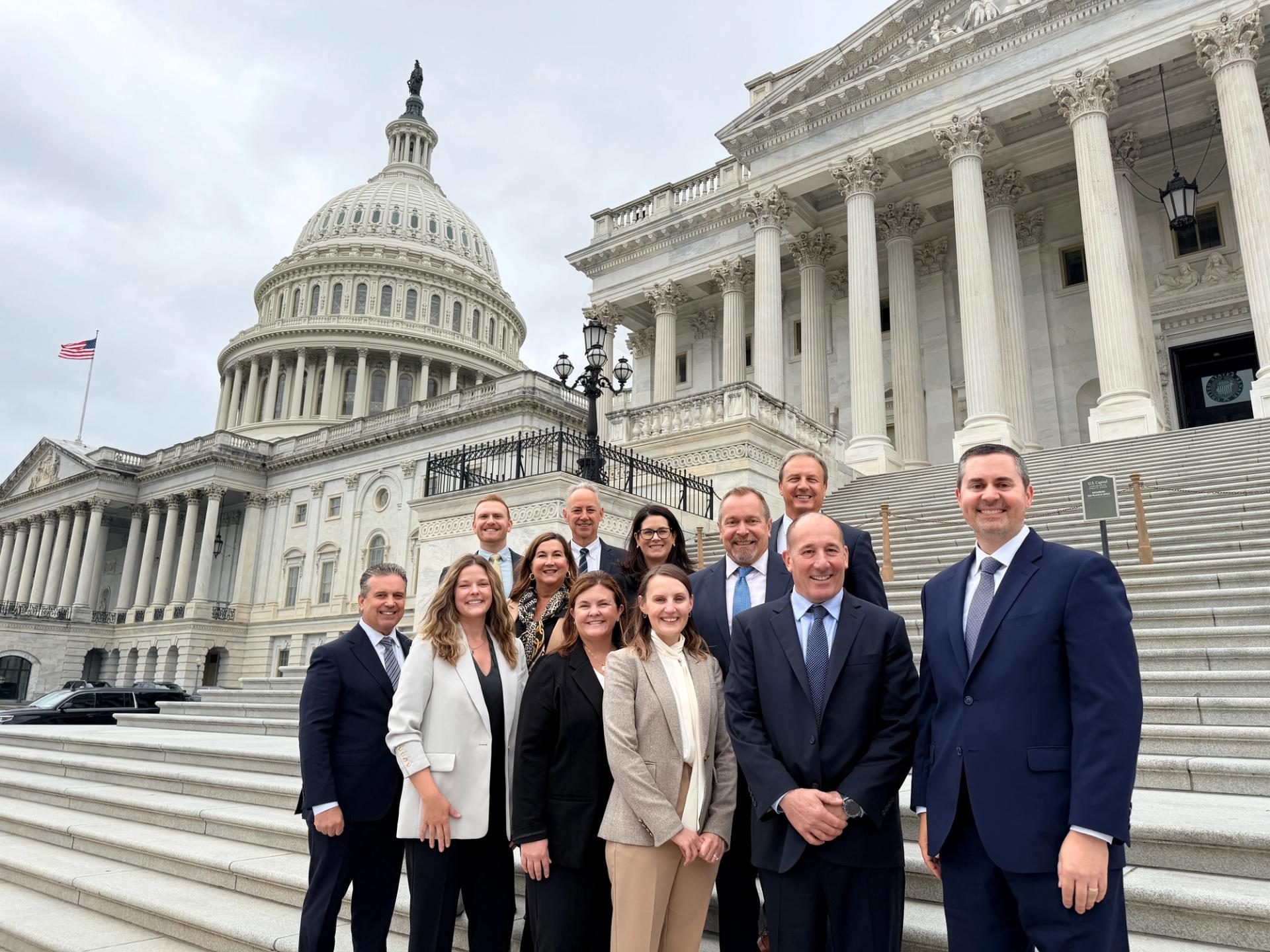
The Point of Care delivers unmatched relevant, trust, and timing. As the leading voice of the channel, the Point of Care Marketing Association (POCMA) helps brands harness its full potential—driving greater impact where healthcare decisions are made. Our key objectives include:
No single voice defines Point of Care marketing. That’s why POCMA brings the industry together—agencies, life sciences leaders, media partners, and mission-driven organizations—to raise standards, tackle shared challenges, and integrate POC meaningfully into the broader marketing mix.

Is Your Marketing Mix Model (MMM) Leaving Money on the Table?
MMMs may be underestimating your POC campaign impact by more than 4x. Discover how the Patient Reach Index, a patient-centric measurement approach, delivered 4.4x higher campaign lift and 36.8% better statistical significance in our new white paper.
Help Validate These Findings - We're expanding this research across multiple brands and therapeutic areas to build broader evidence. Participate at no cost and help advance POC measurement standards. Please complete this inquiry form to learn more.

Candid Conversations: 1.22.26
This invitation-only, half-day forum bridges the gap between healthcare marketers and providers through open dialogue and meaningful exchange.
Bringing together healthcare providers (HCPs), marketers, and agency partners, this event focuses on real voices and lived experiences.
Through dynamic panels and interactive roundtables, participants will share candid insights on what’s working, what’s not, and how the future of pharma-provider engagement should evolve.

A Moment that Matters for Healthcare Policy.
POCMA and its members met with U.S. policymakers in October to highlight how Point of Care (POC) connects patients and providers with trusted health information—driving better understanding, adherence and outcomes.
As discussions around healthcare communication and DTC advertising evolve, ensuring policymakers recognize POC’s unique educational role is essential to protecting this trusted channel.
POCMA members do more than belong. We come together with shared purpose, collaborating to drive strategic excellence and strengthen how we innovate, expand, and deliver information exactly when patients and providers need it most. Our members are truly connected, motivated not only to elevate their brands but to enhance the care experience itself.
Join us in shaping the next chapter of Point of Care marketing.

Discover what sets this community apart for industry leaders: clear-eyed insights, unmatched expertise, and a shared commitment to advancing the entire field.

Subscribe for curated insights, timely research, and event updates built for healthcare marketing leaders. Stay informed on Point of Care, industry developments, and updates from the POCMA community.
For inquiries, please contact info@pocmarketing.org.


Ray Rotolo
Chief Growth Officer
Populus Health Technologies


Christine Mormile
VP, Engagement Strategy
CMI Media Group


Nicole Woodland – De Van
President
Compas


Nathan Lucht
President and Chief Executive Officer
InStep Health


David Paragamian
CEO
Health Monitor


Stuart Green
Senior Vice President & General Manager
Veradigm


Craig Mait
President & Chief Revenue Officer
Mesmerize


Matt Botkin
Group VP POC Solutions
Relevate Health


Richard Murphy
CEO, President and Managing Director
Alliance for Audited Media


Keith Matt
VP of Sales
PulsePoint


Kev Ungi
VP Product Communication Strategy
U360 Medical


Brett Morrison
Founder
Terraboost Media


Laura Brandes
Group Director
Rapport


Victoria Summers
Principal
ZS


Chuck Billups
Global Head of Retail Media Advertising
PRN, a STRATACACHE company


David Linetsky
SVP LIFE SCIENCES
Phreesia


John Kenyon
SVP Managing Director
Targeted Media Health


Dr. Richard Awdeh
CEO
CheckedUp


Wills Robbins
CEO/Founder
Constant Media


Brad Royer
Chief Product Officer
Office Ally


Harshit Jain MD
Founder & Global CEO
Doceree


Angelo Campano
Managing Partner
Flora


John Malamphy
EVP, RXNT Media
RXNT


David M. Kenyon
President
Coverwrap Communications


Nicole Stratford
Vice President Point of Care and Consumer Health, WebMD Provider Services
WebMD


Laura Blair
SVP Business Development
ConnectiveRx


Linda Ruschau
Chief Commerical Officer
PatientPoint


Sarah Bast
EVP, Investment Marketplace
PHM